How to replace a toilet syphon
Want to know how to replace a toilet syphon? Look no further. Our informative guide will take you through the process step-by-step with tips and costs.
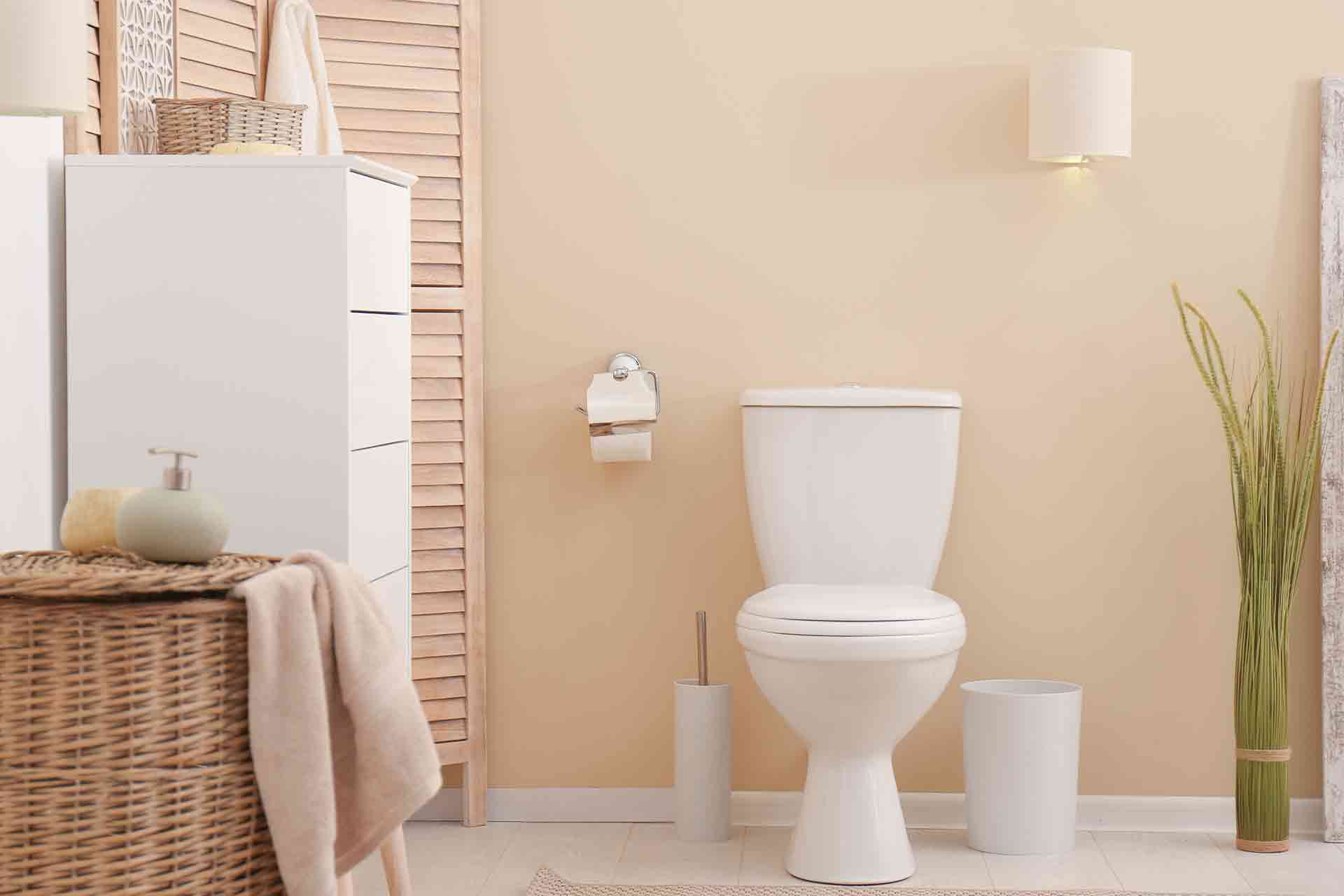
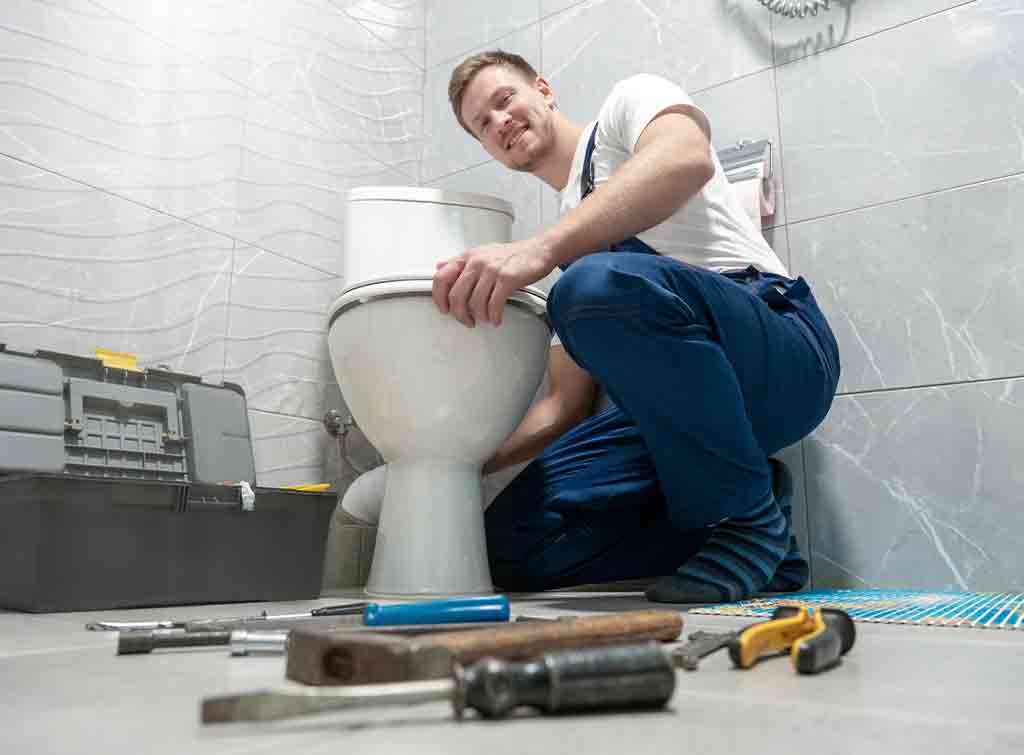 Frustrating and problematic, a toilet that won’t flush is a constant source of irritation. That is not to mention the embarrassment that can be caused to unknowing visitors using your toilet. Thankfully, you can remedy this issue by learning how to replace a toilet syphon.
Frustrating and problematic, a toilet that won’t flush is a constant source of irritation. That is not to mention the embarrassment that can be caused to unknowing visitors using your toilet. Thankfully, you can remedy this issue by learning how to replace a toilet syphon.
There are three different options when it comes to changing a syphon and in this guide, we will cover them all, including how to change a syphon in a close coupled toilet, in a high-level toilet and how to replace a toilet syphon diaphragm. We will also be looking further into how to change a toilet syphon diaphragm. So, read on to learn a new skill and fix an annoying issue.
How to replace a toilet syphon
Wondering how to change a toilet syphon? When taking on any DIY job, the first step is to properly prepare. This involves gathering any supplies, making sure the area you are working in is clean and tidy, plus checking you understand the instructions before beginning. There is nothing worse than not having the tools you need or getting lost partway through your project.
Tools and materials
Now is a good time to collect the following:
- Mug/jug
- Absorbent cloth/sponge
- Towel (to catch any water spills)
- Large, adjustable plumbers wrench
- Replacement syphon
- Screwdriver
- Plumbers compound
- Plumbers tape
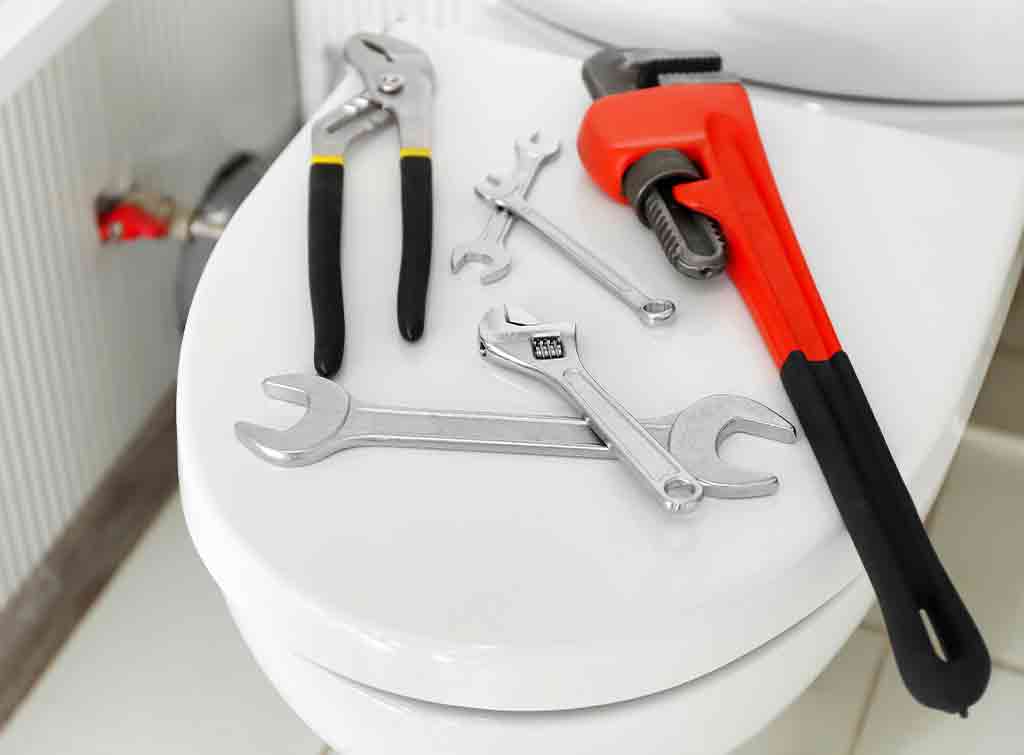 How to change a syphon in a close coupled toilet
How to change a syphon in a close coupled toilet
As mentioned previously there are three types of system we will be covering. Let’s begin with how to change a syphon in a close-coupled toilet. To do so, follow the below step-by-step guide:
- Turn off the water supply to the toilet cistern. This is normally located externally, on one side of the cistern unit. If you cannot locate the water supply valve, then you can turn the water supply off at the mains.
- The stop tap resembles a standard tap and can be found under the kitchen sink, or a utility cupboard where all your pipework is located. If you cannot locate this, it is possible to shut the water off at the mains point, normally located in the street, underground or outside your house. It will be easy to find as it will have a removable cover to allow ease of access for water meter readings and in case an emergency shut off is needed.
- Check that the water has actually been switched off, by removing the toilet cistern lid and depressing the flush lever/button. If the cistern does not refill after emptying, then you have successfully shut off the water.
- Always ensure that the cistern is completely empty at this stage. This may require draining the remainder with a mug/jug and soaking up any remaining water with an absorbent cloth/sponge.
- Undo the nut that connects the water inlet valve. If there is a water overflow pipe, this may also need disconnecting.
- Beneath the toilet cistern, you will find two nuts that attach the cistern to the toilet pan. These need to be removed.
- Now undo fixings that attach the toilet to the wall.
- Carefully remove the cistern, emptying any excess water into the bath/sink. Please note, you will need to ensure that the inside of the toilet cistern and the point on the toilet pan where the cistern sits, is clean and free of debris as this may cause a problem with the seal later on.
- Carefully lay the cistern on its back, on the closed toilet seat and remove the syphon.
- You can now remove the screw attaching the flush handle to the syphon.
- Next, remove the syphon unit by unscrewing the locking nut underneath the cistern.
- Remove any old sealant from the inside and the outside of the cistern.
- Now, fit the new syphon back through the hole. Make sure you use a generous amount of plumber’s compound all around the joint.
- Tighten the locking nut underneath the cistern, ensuring that the rubber washer is in place. Please note, it is essential you ensure the syphon is in the correct position to enable the flush lever to be reattached and the ball cock to move freely.
- Carefully replace the toilet cistern onto the toilet pan making sure the washer is in place.
- Next, you can reattach the toilet cistern to the wall, and reattach the locking nuts, connecting the cistern to the toilet pan.
- Reattach the flush lever ensuring that the flush handle is at the correct angle to enable flush.
- Reconnect the water supply. Please note, it is advisable to use plumbers’ tape on the pipe threads.
- Finally, turn the water supply back on and check carefully for leaks.
- Well done, you just learned how to change a toilet syphon!
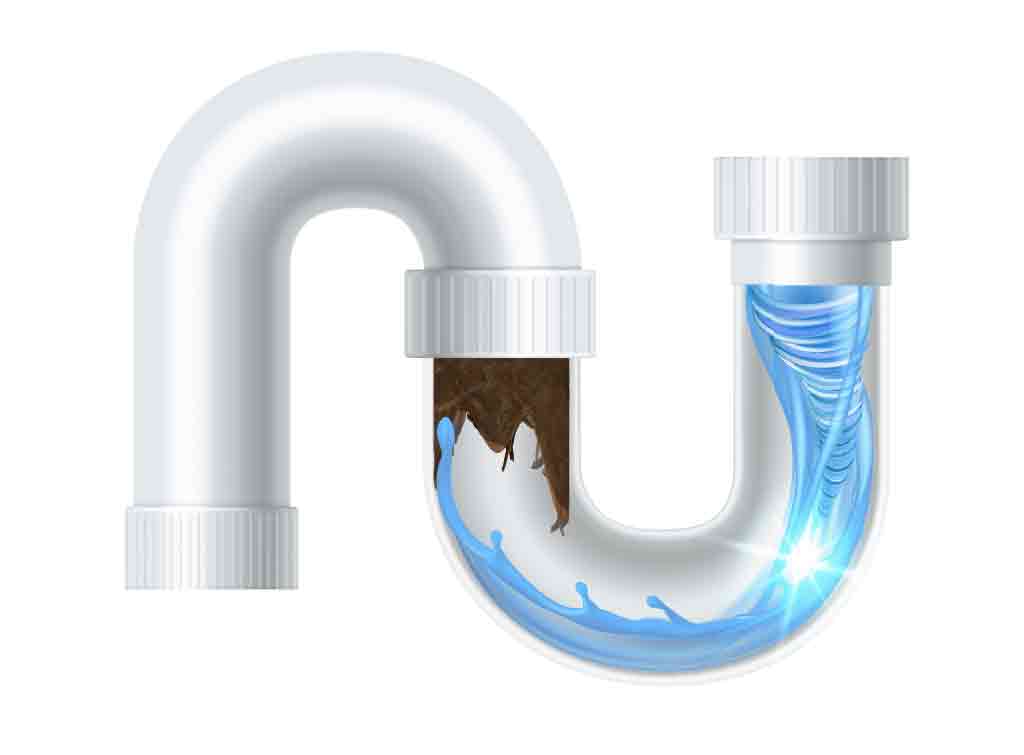 How to replace a toilet syphon in a high-level toilet
How to replace a toilet syphon in a high-level toilet
As the name would suggest, low-level and high-level toilets are fitted at different heights. A low-level toilet is one with a cistern fitted low to the wall. These toilets are the most common type found in homes today.
Alternatively, a high-level toilet has a cistern fitted at a high level. High-level toilets were commonly used in Victorian England and can be a great design choice. To change a toilet syphon in a high-level toilet, follow the above instructions excluding steps 6 and 15.
How to replace a toilet syphon diaphragm
One of the most problematic parts of a toilet syphon is the diaphragm. This flap works by lifting water rapidly into the syphon when the toilet is flushed. It can become damaged or worn down with time and may need to be replaced. In this case, you may not need to replace the entire syphon.
Wondering how to change a toilet syphon diaphragm? Follow these steps:
- Begin by following steps 1-13 in our ‘how to replace a toilet syphon in a close-coupled toilet’ section.
- Next, place the syphon on a work surface and inspect for damage. In the case of a torn diaphragm, a replacement can be bought separately.
- Ready to replace the diaphragm? Great, start by removing the coupling pin, from the top of the plunger.
- Push the plunger and remove the housing unit being very cautious not to lose the spring.
- Now, carefully remove the washer that holds the diaphragm, using a screwdriver if required.
- Remove the damaged diaphragm and replace it with the new one.
- Next, replace the locking washer.
- Add the spring.
- You can now replace the diaphragm in the housing unit and then the coupling.
- Finish by following steps 12-18 in our ‘how to replace a toilet syphon in a close-coupled toilet’ section and replace the repaired syphon.
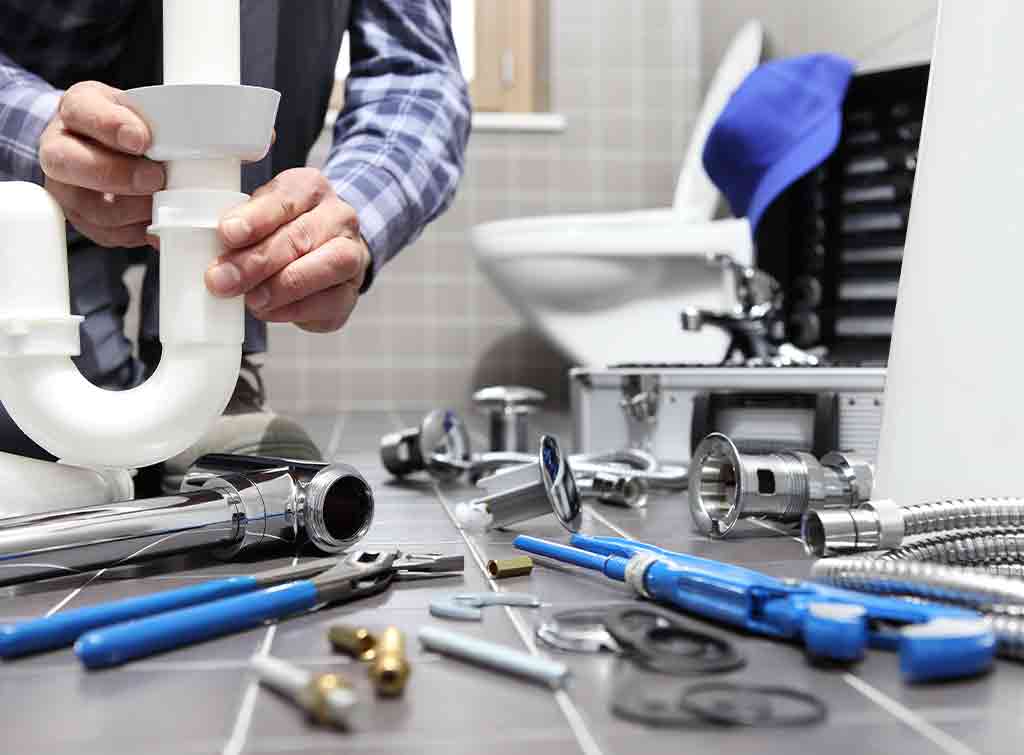 Help, I’m confused
Help, I’m confused
Firstly, don’t feel discouraged, learning how to replace a toilet syphon is a tricky process even for DIY experts and admitting defeat can be a wise decision rather than trying to muddle through. If you have reached an impasse and aren’t sure how to carry on, now may be the time to call in a professional.
At Checkatrade we have a wide range of plumbers in your area who will be happy to help. They can also assist you in seeing where you went wrong, giving you the confidence to try again in the future. Use our free search feature to find a trusted tradesperson today.
Want to know more about hiring a plumber, please see our plumber cost guide, full of tips, tricks and average prices. In general, you can expect to pay an average of £50 per hour.
Average costs
For reference and to help you plan for your syphon replacement, the following costs cover the main components you will use:
- Syphon: £6-£30
- Plumbers compound: £3-£20
- Plumbers wrench: £3-£18
- Plumbers tape: £1-£8
Find and book your trade with us and we'll guarantee their work up to £1,000*.
Guaranteed for 12 months. Eligibility and T&Cs apply

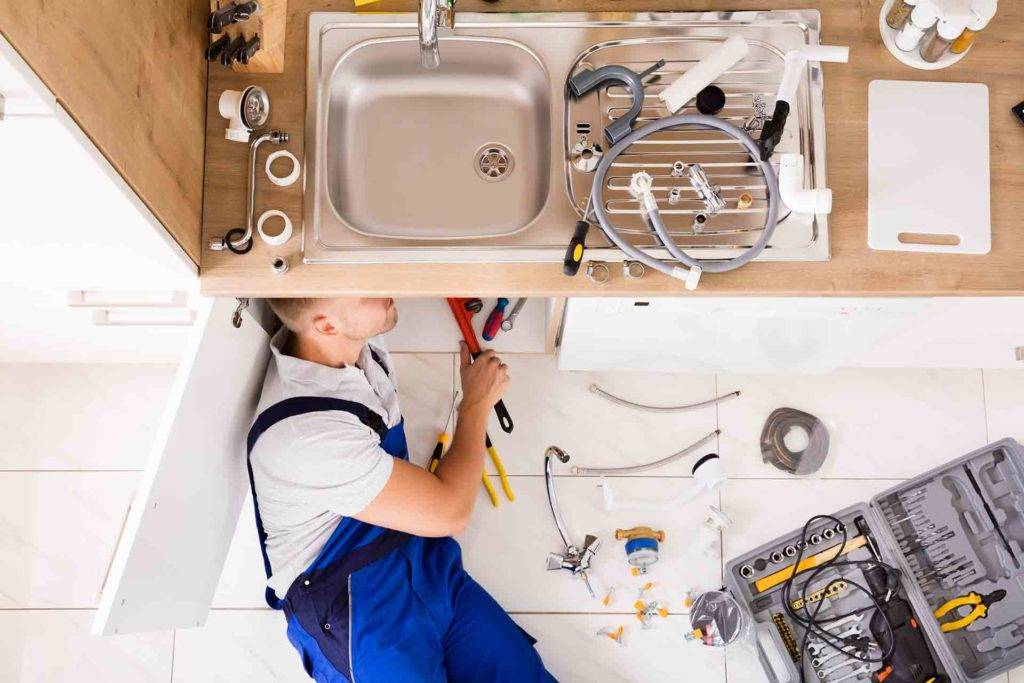
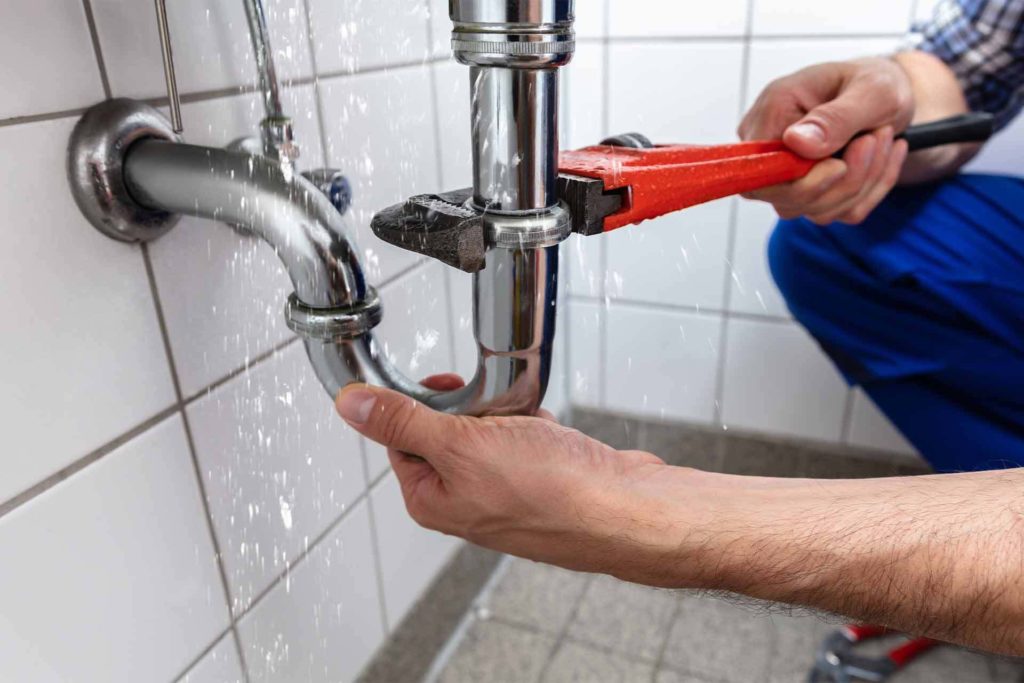
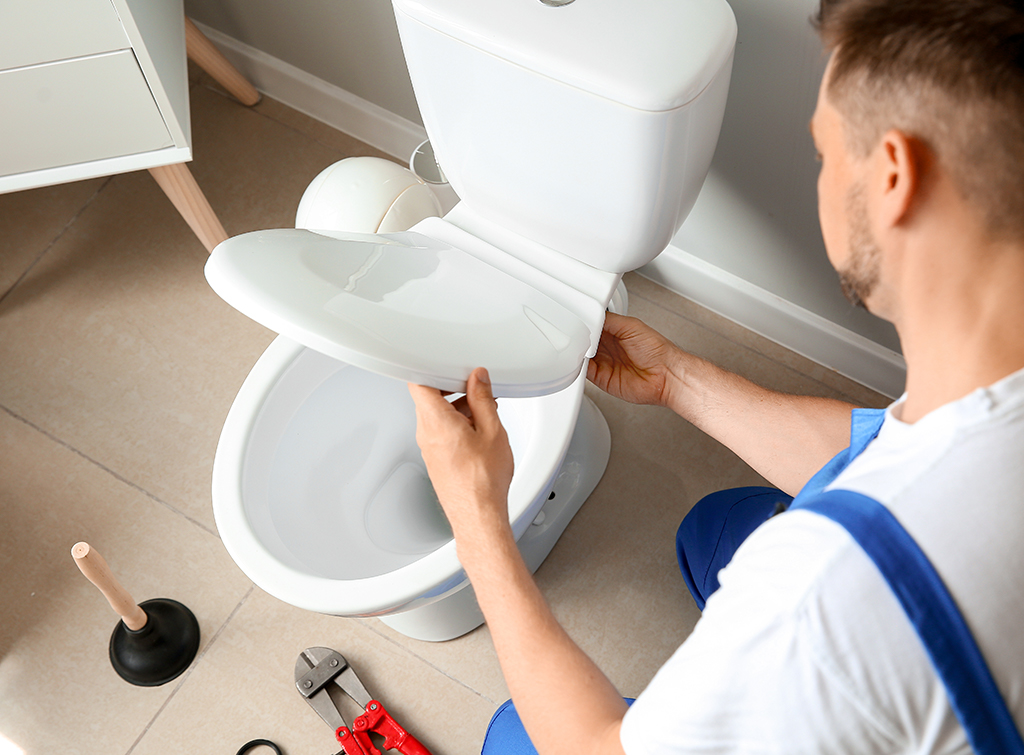
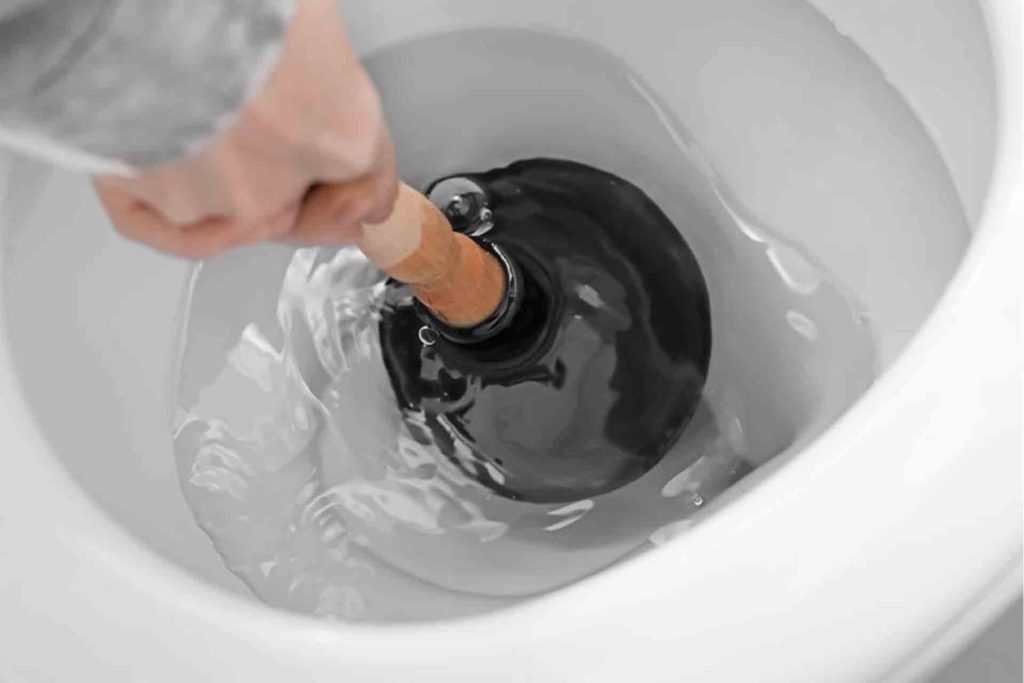
No comments yet!